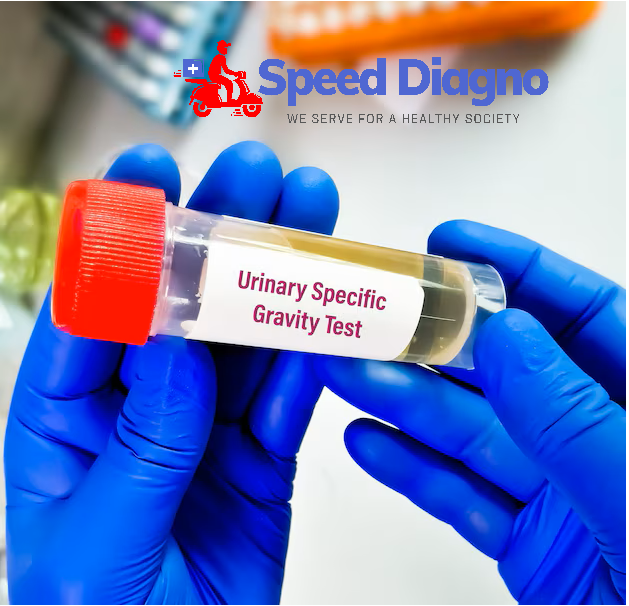- Home
-
Test Categories
- Diabetes
- Urinary
- Thyroid
- RTPCR
- Genetic
- Cancer
- Haematology
- Biochemistry
- Serology & Immunology
- Clinical Pathology
- Cytology
- Microbiology
- Endocrinology
- Histopathology
- MOLECULAR DIAGNOSTICS
- Pregnancy(Biochemistry)
- Liver
- Prostate
- Fertility
- Gastro
- Autoimmune Disorders
- Heart
- Kidney
- Vitamins
- Tuberculosis (TB)
- Anemia
- Fever
- Allergy
- Blood Tests Rare
- Profiles
- Packages
- About Us
- Why Choose Us
- Upload Prescription
- Corporate Wellness
- Contact Us

-
Overview
Rotavirus Antigen Detection (Stool) is a diagnostic test used to detect the presence of rotavirus in stool samples. Rotavirus is a common cause of severe diarrhea and gastroenteritis, particularly in infants and young children. The test identifies rotavirus antigens (proteins) in the stool, which indicates an active infection. Rapid detection of rotavirus helps in timely diagnosis, guiding appropriate treatment and infection control measures to prevent the spread of the virus, especially in childcare settings.
Patient Preparation for Rotavirus Antigen Detection (Stool)
Fasting Requirements:
- Fasting: No fasting is required for this test. The patient can eat and drink normally.
Other Preparations:
- Avoid Medications: Avoid using antidiarrheal medications before the test unless advised otherwise by the healthcare provider, as these may affect the sample quality.
- Diaper Rash Creams: For infants, avoid using diaper rash creams or ointments that might mix with the stool and interfere with the test.
Sample Collection Process by Speediagno Phlebotomist or Technician:
Speediagno adheres to a professional and sterile process for stool sample collection, ensuring accuracy and reliability of the test results.
Preparation for Sample Collection:
- Identify the Patient: The technician confirms the patient’s identity using at least two identifiers (e.g., name and date of birth).
- Consent and Explanation: The procedure is explained to the parent, guardian, or patient, including instructions on how to collect the stool sample correctly.
Stool Collection Process:
- Collection Kit: The patient or caregiver is provided with a sterile stool collection kit, which typically includes a clean container with a tight-fitting lid, a scoop, and instructions.
- Sample Collection:
- For Infants and Young Children:
- Use a clean, dry diaper or plastic wrap placed inside the diaper to catch the stool. The stool should be scooped into the sterile container using the provided spatula or scoop.
- For Older Children and Adults:
- Collect the stool in a clean, dry container (e.g., a disposable bedpan) or directly into the sterile container provided. Avoid contamination with urine, water, or toilet paper.
- Transfer Sample: A walnut-sized amount or about 1-2 tablespoons of stool is usually sufficient for the test.
- For Infants and Young Children:
Post-Collection Care:
- Labeling and Sealing: The sample container is sealed tightly and labeled with the patient’s details, including the date and time of collection.
- Storage and Transport: The sample should be delivered to the laboratory as soon as possible, ideally within an hour of collection. If immediate transport is not possible, refrigerate the sample as per instructions.
Safety and Hygiene Protocols:
- Proper Disposal: Any materials used during sample collection, such as gloves and wipes, should be disposed of in accordance with biohazard safety guidelines.
- Hand Hygiene: Wash hands thoroughly after collecting and handling the stool sample to prevent the spread of infection.
Laboratory Processing:
- Antigen Detection: The stool sample is tested using enzyme immunoassay (EIA) or latex agglutination methods, which detect specific rotavirus antigens in the sample.
- Interpretation of Results: A positive result confirms rotavirus infection, which can help guide supportive care and isolation measures, particularly in healthcare or childcare settings.
This systematic approach to collecting and testing stool samples for rotavirus antigen ensures a reliable diagnosis, helping manage and contain rotavirus infections effectively.
All test groups and subgroup
-
ROTA VIRUS ANTIGEN DETECTION (STOOL)
-
Rota Virus Antigen detection
-
